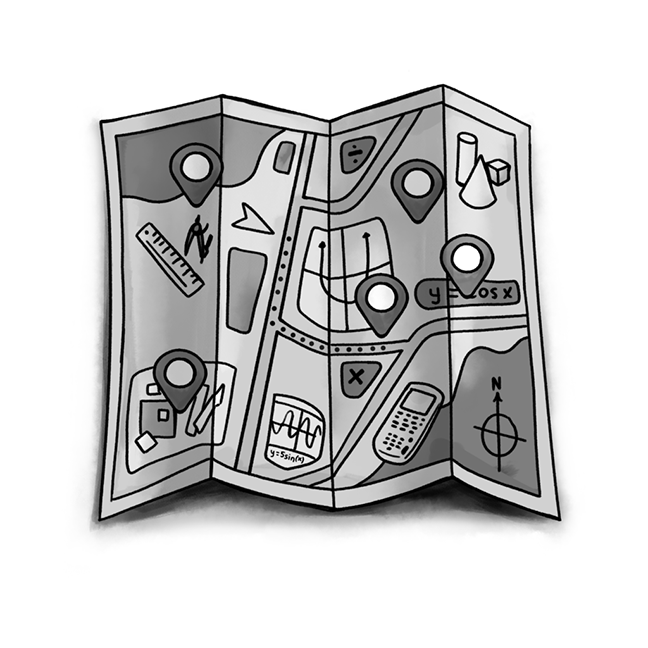Karen Wootton, Director of Curriculum & Assessment, karenwootton@cpm.org
I am one of the lucky few that attends CPM’s Academy of Best Practices each year, in the role of a facilitator for the cohort of new teachers. “Newbies” I call them. Each year we look at the new group and think “Wow! Are they getting younger? They don’t even look old enough to be out of college!”
When meeting the newbies, I cannot help but reminisce about my first few years of teaching. Oh, the mistakes I made! I had successes too, but reflecting on some of the mistakes I made, I cringe. Grading notebooks? Was I crazy? I ask “Why would I do that?”
Because I did not know better. That is the simple answer. I went through a teacher credential program that threw us into the classroom right off the bat. We got a week, maybe two, to observe our master teacher’s classes, getting to know the students informally before the teacher started giving us pieces of the class to teach. By the end of the first semester, we were the teacher. Second semester, we were assigned classes at a different school, and in my case, if there was master teacher on record, I never saw the person. The point being that I did not have a lot of guidance in how best to teach.
Luckily, in my early years of teaching, I was not far from the Asilomar conference grounds, so every year, I attended the California Mathematics Council – North (CMC) conference held there. This conference is hosted the first weekend in December on the beautiful Asilomar grounds in Pacific Grove, California. That is a beautiful time of year to be on the beach, and despite the fact that this weekend was in the midst of the holiday season, I eagerly spent the time in conference sessions. It was there that I began my re-education on the best teaching practices, learning about NCTM and its publications, and meeting people who would become guides to better teaching.
Fast forward to 2018. At this year’s Academy of Best Practices, Diane Briars, past president of both NCTM and NCSM, was our first guest speaker. Diane talked to the newbies about professionalism in the math ed world. She said something that struck me: “How many teachers do their first year of teaching for thirty years?” Certainly, over the years, teachers improve. Classroom management is typically not a problem for a veteran teacher, nor is paper management, meeting management, parent management, etc. But, how many teachers are really doing the same thing in their classes that they did their first year? How many teachers actively seek to improve their teaching practice?
Every teacher should make a commitment to continuously improve their practice. Invest money and time to attend conferences so that you can learn how the latest research is informing math instruction. Read journals to learn what is being done in other parts of the country. Follow #MTBoS, the MathTwitterBlogosphere, to see the questions teachers are asking, and the answers provided by involved math educators. Commit to learning and then to trying something new so you are not doing that first year of teaching for thirty years. Change can be difficult, but with time and support, it leads to better teaching and better learning for students.
